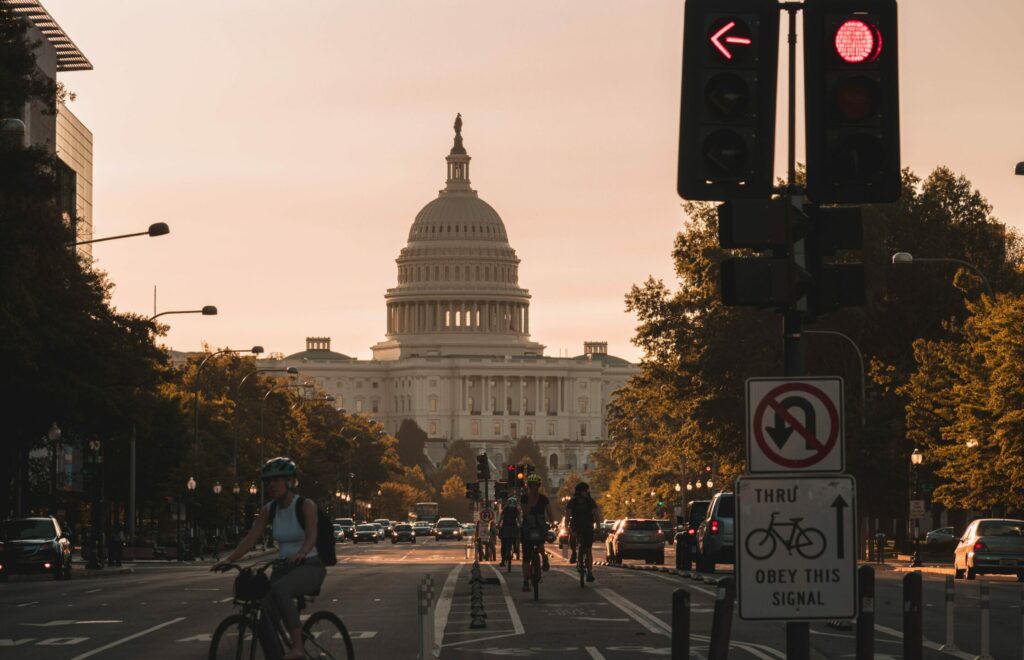Lawmakers are hustling to finish government funding bills before September 30th, but the substantial differences between the House of Representatives and Senate Transportation, Housing and Urban Development, and Related Agencies (THUD) bills indicate the two chambers have a lot of work to do to reach a compromise on Fiscal Year (FY) 2024 spending legislation.
The House Committee on Appropriations approved their FY 2024 THUD spending bill on July 18th after a blistering all-day markup session. The House bill, which includes a discretionary total of $90.2 billion, was approved by a 34-27 vote. A discretionary total of $21.6 billion would be provided to the Department of Transportation (DOT), while $68.2 billion would be provided to the Department of Housing and Urban Development (HUD). On the other side of the Capitol, the Senate Committee on Appropriations approved their FY 2024 THUD spending bill on July 20th in a more bipartisan fashion, approving the legislation by a vote of 29-0. The bill provides a total of $98.9 billion in discretionary spending, with DOT receiving $28.4 billion and HUD receiving just over $70 billion.
The disparity between the House and Senate transportation funding bills carries potential implications for implementation of the Infrastructure Investment and Jobs Act (IIJA), which ASCE strongly supported. The House bill reduces or eliminates annual funding for major grant programs that also receive funding from the IIJA. While these grant programs received a total of $8.6 billion in the FY 2023 appropriations law, the House bill would cut that figure down to $1.5 billion. The Senate bill would keep funding levels more consistent with the previous year, providing $8.3 billion for these programs.
Funding proposed for Amtrak demonstrates the bills’ different approaches to transportation spending. The Senate bill proposes $2.4 billion for Amtrak, while the House bill would drastically reduce funding to $876 million.
Similar disparities can be seen across various agencies. The Senate bill proposes $16.9 billion for the Federal Transit Administration (FTA), which the House bill would trim to $14.7 billion. The Senate bill provides $1.2 billion for the Maritime Administration (MADAD), while the House bill includes $753.3 million for this agency.
Many of the House bill’s proposals are below FY 2023 enacted levels, but one notable exception is funding for the Federal Aviation Administration (FAA). The House bill increases total budgetary resources for the FAA to $19.5 billion, which is $529 million above the FY 2023 enacted level. Like the House spending bill, the Senate bill includes a boost for the FAA, providing $20.3 billion.
The GOP-led House bill also reflects appropriators’ positions on issues championed by the Biden-Harris Administration. It particularly targets certain initiatives related to equity and climate change, eliminating $100 million for DOT’s Thriving Communities Program and rejecting a request for $26 million to electrify DOT’s federal vehicle fleet.
The differences between the House and Senate transportation spending bills suggest lawmakers will need to do some serious compromising to find a middle ground on FY 2024 appropriations legislation. ASCE has sent letters to appropriators urging them to invest in infrastructure and maintain the commitments made by the IIJA. Cutting funding would have detrimental effects on public safety, infrastructure modernization, and transportation services that are relied on by millions of people.
ASCE will continue to track the Congressional appropriations process as lawmakers seek to pass their bills to avert a government shutdown that would begin October 1.
